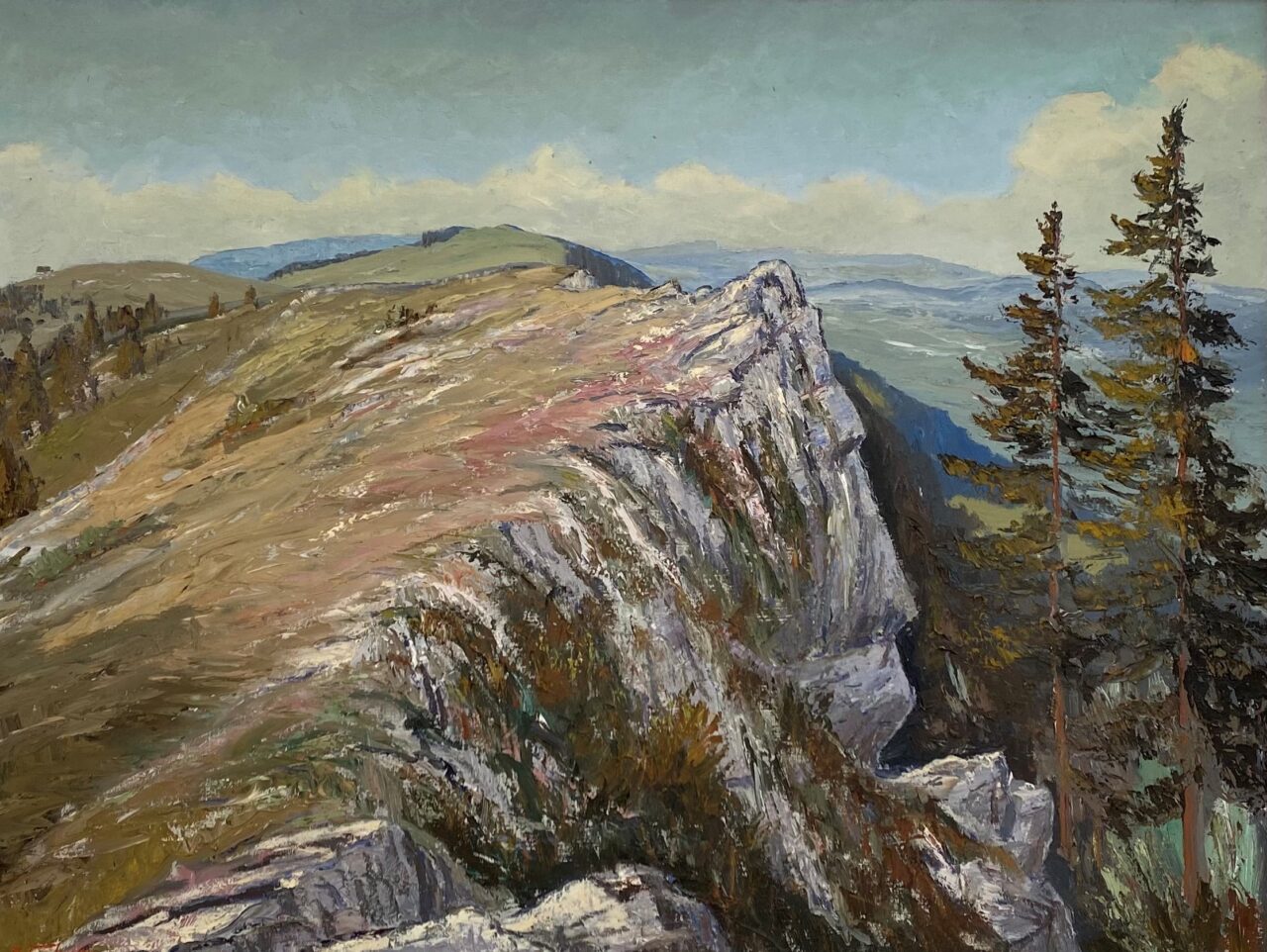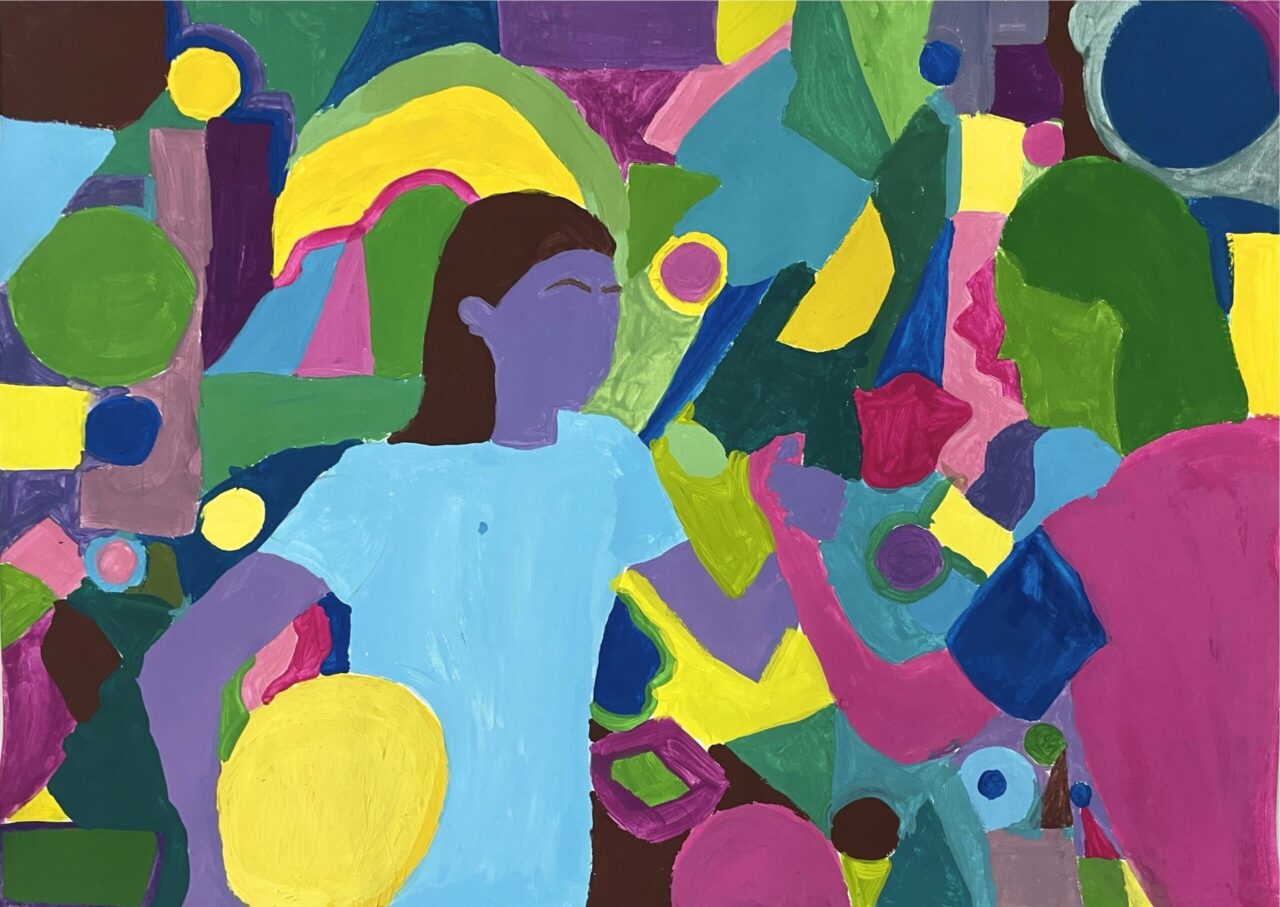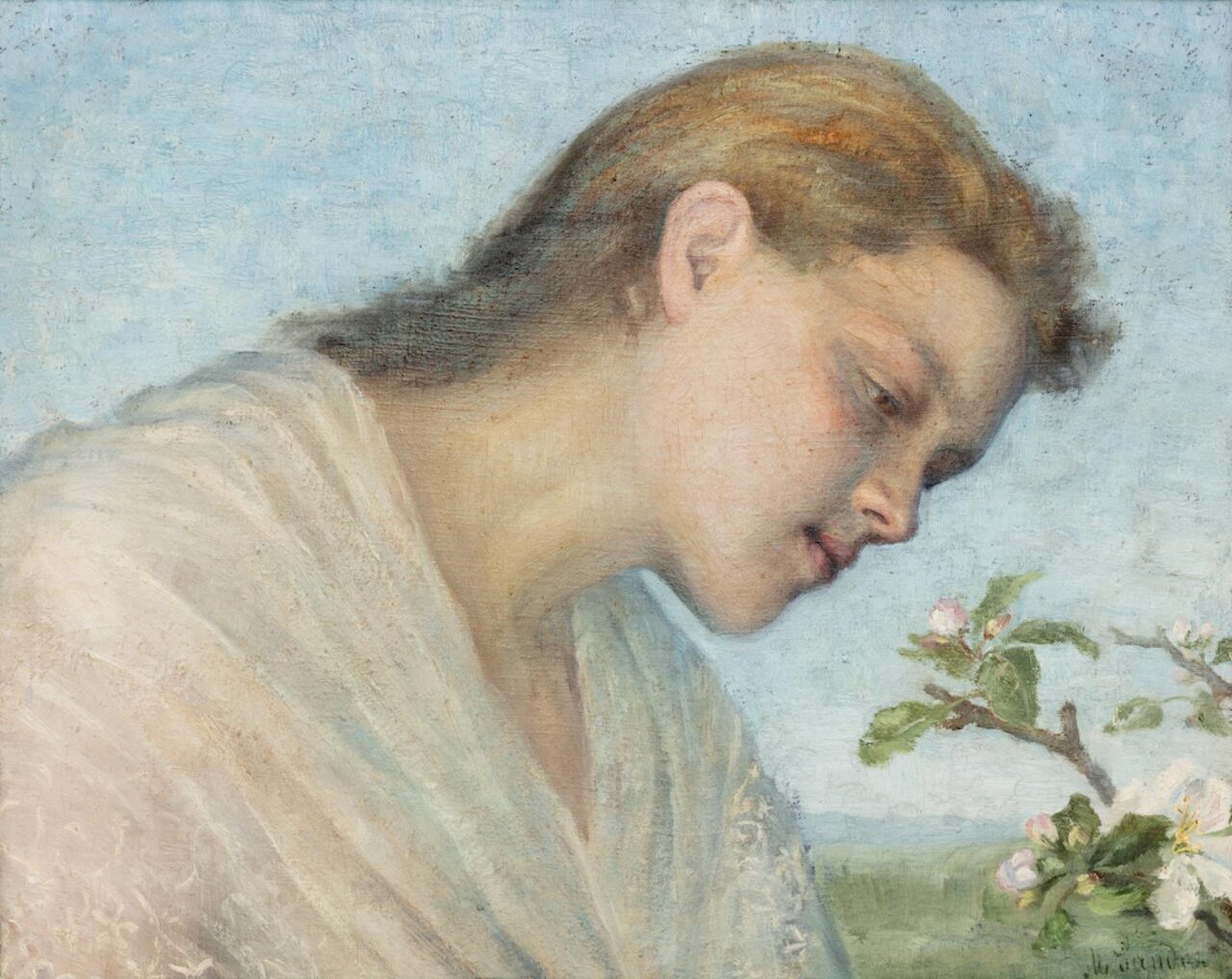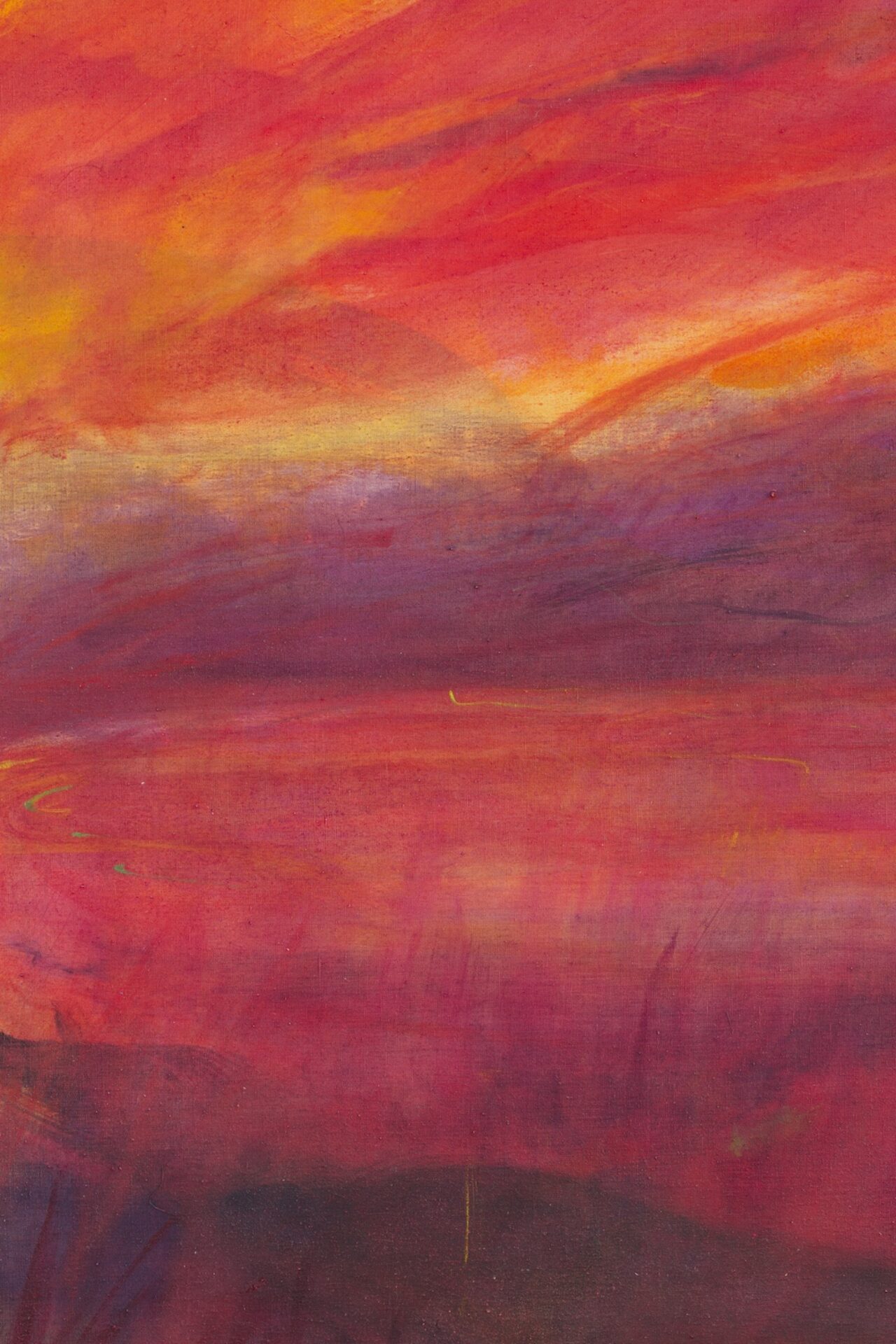Regarder le paysage
The exhibition presents a selection of paintings from the MBAL collection relating to the world of mountains. The Alps are in dialogue with the Jura peaks, bringing together painters from the end of the 19th to the middle of the 20th century. These include Claire Pasch-Battié, François-Marc-Eugène Gos, Alexandre Perrier, Maurice Mathey, Robert Fernier and Charles L’Eplattenier.
The exhibition takes the form of an ascent to the Matterhorn, beginning on the left with paintings of the Jura and leading to the Alps. Three portraits of Alexandre Girod punctuate the wall : his Paysan jurassien begins the climb, while in the centre, L’Alpiniste – one of the few Alpine representations of the painter – rests admiring the landscape, a snowy peak emerging from the clouds over his shoulder and finally, a mystic who has reached the summit is immersed in his reading. The realistic representation of the landscape (Aurèle Barraud, Edouard Castres, Emma Favre-Bulle) or of the powerful relief given to the rock (Albert Fahrny, Charles L’Eplattenier) gradually gives way to an idealisation of nature (Robert Fernier, Maurice Mathey), then to a form of mystical and spiritual elevation of the mountain (Claire Pasch-Battié, François-Marc-Eugène Gos, Jean Thiébaud). Beyond their formal divergences, the painters presented here follow a similar approach to the subject by directly confronting the site.
The relationship between humans and the mountain has always been complex, humans being both the ones who mark it and the ones who are marked by it. From 1890 onwards, Switzerland witnessed a revival of interest in the genre of alpine painting. The domesticated Alps remain a source of fear, whose beauty is both attractive and repulsive. Jean Thiébaud depicts a monumental Cervin in front of which human being realises his vulnerability and the brevity of his existence. The same is true of Charles L’Eplattenier’s Col du Théodule, which plays on the effects of light and the rendering of space to elevate the landscape to the level of a mystical representation, accentuated by the absence of any trace of humanity. Both paintings invite us to meditate on the grandeur of nature and take on an allegorical and spiritual dimension, the mountain becoming an inaccessible divinity. Hence the tension between realism and idealism that is characteristic of Helvetic symbolism, and which undoubtedly constitutes the strength of these works.





